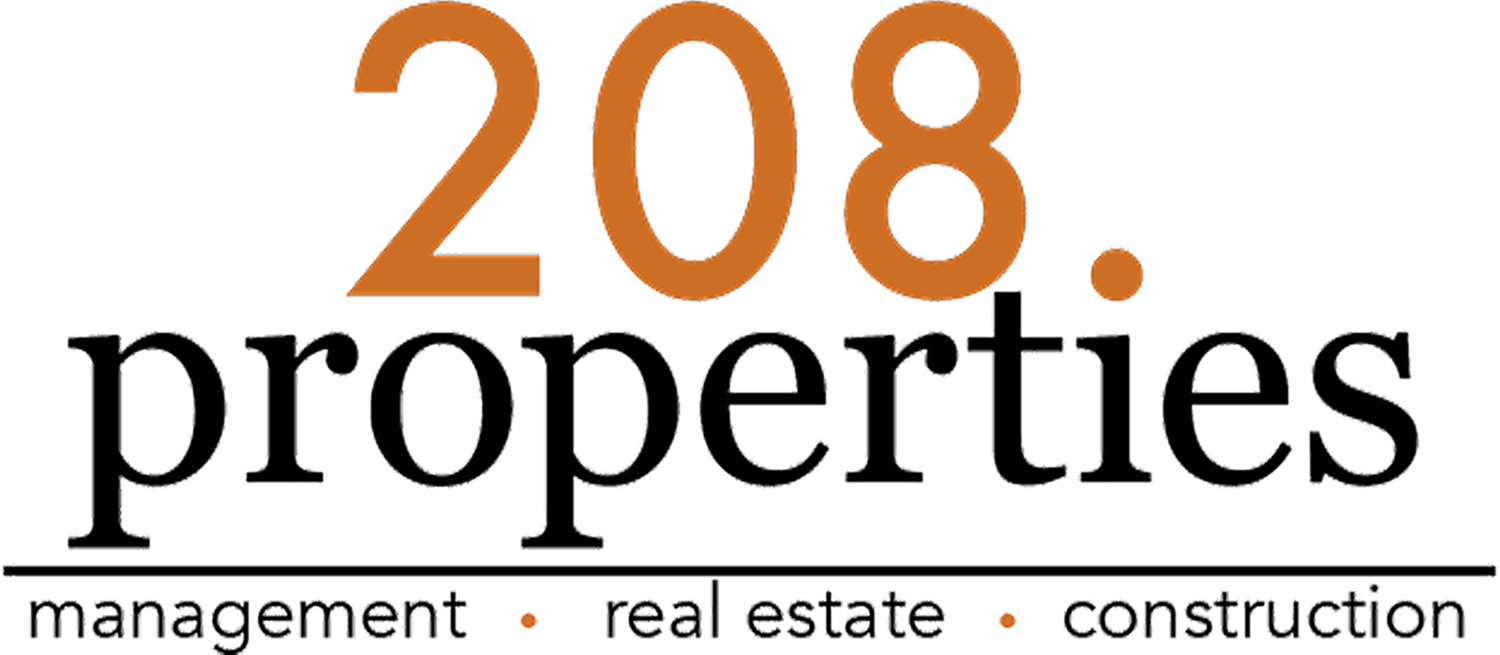There are few better investments than a rental property. In any market, housing remains a necessity, one that typically grows in value even during economic downturns (unless said downturn is centered around the housing industry).
Rental income is steady and reliable, and you can turn a profit in a short time. However, owning a rental property does require a good amount of money up front. That’s where financing comes in.
Plenty of financing options are available when it comes to your next rental property, but you may not know exactly what your borrowing options are or where to start.
So here’s your guide to financing a rental property in 2020.
Step 1: Build Your Down Payment and Credit Score
This step may go without saying, and while there are financing options you can get without a huge down payment or a perfect credit score, your options are always going to be better the higher these are.
Take your time before investing to put yourself in the best possible position to invest. Even if you’ve been late on some payments due to COVID-19 for a rental property you already own, these late payments may not count against your credit score depending on your lender. Save up where you can while you explore the following financing options.
Step 2: Consider All Possible Lenders
Plenty of lending options are available from private to even seller financing, giving you the opportunities you need to capitalize on 2020’s low interest rates.
Here are the options you should consider:
Private Financing
Outside of the usual mortgage lenders are those who provide private financing with secured interest in the property. These lenders provide a quick and easy way to access financing for your new rental without necessarily having to meet the same qualifications as a traditional mortgage loan—especially with the tightening of mortgage lending qualifications. If you’re looking to broaden your investment portfolio this year, private financing may be your best option.
The downside of this secured-interest private financing is that interest rates may be higher than what you would find on a more traditional mortgage product. Compare rates to determine what’s available to you.
Depending on your market, you will still be able to access the usual financing options later on. Make sure the investment property you are considering is in a location where property values are likely to appreciate. Then, leverage your rental income for lower rates, if needed.
Online Financing
You’re likely aware of these financing options—their ads are everywhere. Lenders like Rocket Mortgage or Quicken Loans provide a digital marketplace for mortgage products that can offer a wide variety of financing options with the added convenience of digital mobility. Accessing a mortgage from your smartphone makes financing easy.
Additionally, you can often find lenders through these digital marketplaces that don’t have high debt-to-income requirements. This can open up a world of investment possibilities if you’ve struggled to meet these requirements for other lending options. In 2020, these opportunities may be harder to find, but with a mobile platform, searching is easy.
Through these online lenders, you will be required to submit necessary information before gaining access to the mortgage products available to you, but you’ll never have to leave your home—which is great if you’re under quarantine. Then, carefully analyze all the lending options available to you to make financing your new rental a reality.
Seller Financing
Did you know you can sometimes finance directly through the seller of the property you are hoping to purchase? This can be a fantastic option when you aren’t able to secure the loan product you are looking for from another source. All it requires is coming to an agreement with the seller.
Do not approach the seller with a loan proposal without having a clear, professional, and legal set of terms and conditions laid out. You want the seller to know you are above board and can manage the investment successfully. Have everything in writing and focus on clear communication to ensure there are no misunderstandings.
Then, you can borrow from the seller as you might from a financial institution. Depending on your agreement, you may secure financing for anything from the down payment to the full value of the property.
Step 3: Consider Using a HELOC.
Finally, you want to consider tapping into the equity on properties you may already own to secure financing for a new rental. This option requires borrowing against the value of your property and can be a great way to broaden your investment portfolio.
Home equity financing comes in three forms: an equity loan, a home equity line of credit (HELOC), or cash refinancing. But in looking to finance an additional property, a HELOC is what you want to consider. A HELOC is a revolving source of credit that uses the property as collateral. It differs from a home equity loan, which is a one-time cash amount, and gives you a lot of flexibility when it comes to borrowing and credit limits. Payments can also be as low as the interest that accrues on the credit line.
Consider using a HELOC to borrow for a down payment or more on a new property. Usually, you can draw 80% or even the full value of equity on your property to accrue enough for an investment in another.
Borrow Wisely
Rental properties can be fantastic sources of revenue and excellent options when it comes to expanding your investment portfolio. There are many avenues for acquiring the financing you need to make your investment dreams a reality, so you don’t have to wait around till next year. Consider all your options carefully and consult a financial advisor before making a real estate investment.
For more information on property management and real estate investment, contact 208.properties today.




